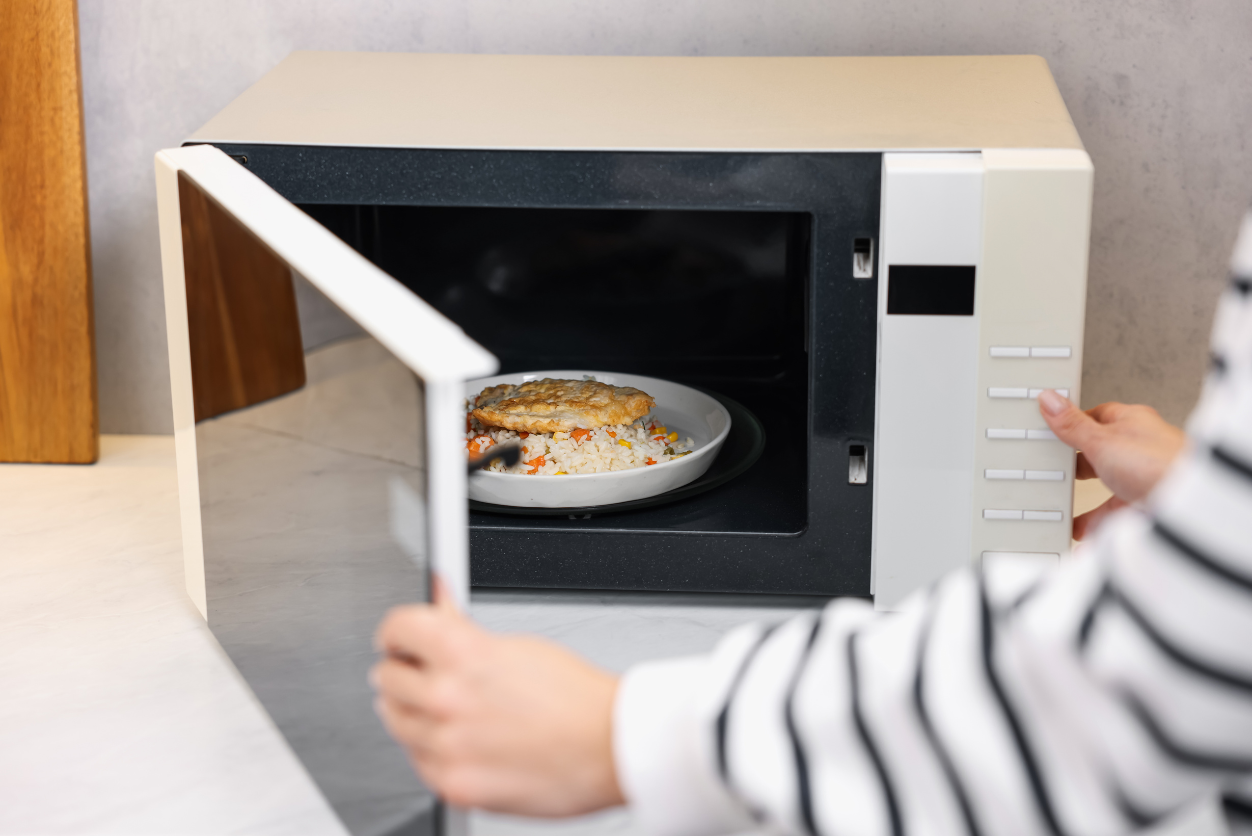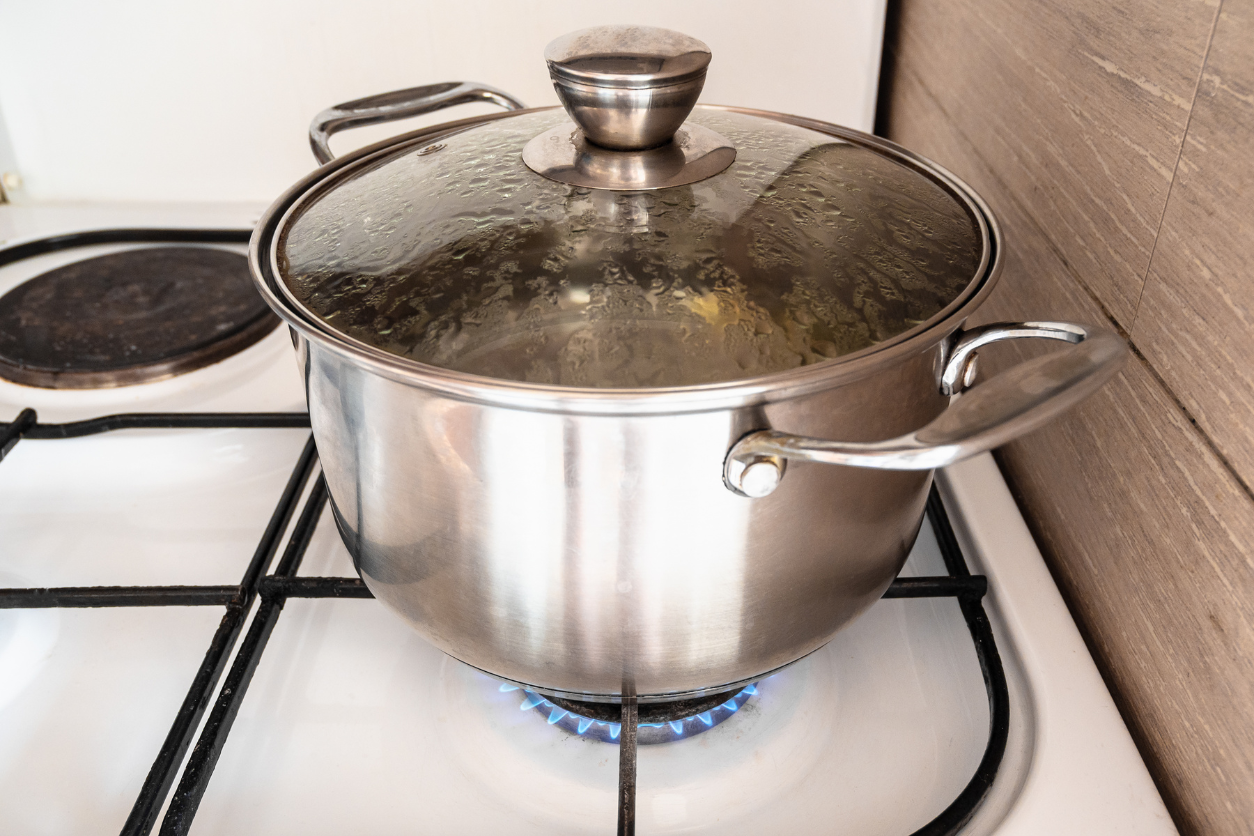The One Appliance You’re Leaving Plugged in That’s Secretly Spiking Your Energy Bill
Your electric bill is climbing, and you’ve probably blamed the usual suspects. Air conditioning in summer, heaters in winter, or maybe the TV that never seems to get a break. But while you’re focused on the obvious energy hogs, there’s a far quieter culprit running up your costs. It’s small, unassuming, and probably humming along in your kitchen right now.
What makes it so sneaky is that it’s working even when you think it’s off. Experts call this “phantom load,” and it’s the hidden drain that can cost households hundreds every year. The surprising leader of this silent charge is a common kitchen staple you use for minutes at a time, but pay for around the clock.
Why Your Microwave Costs You More Than You Think

Microwaves don’t just sit politely waiting for your command. They keep internal circuits alive around the clock so the clock stays glowing and the control panel stays ready. On standby, that’s about 2 to 7 watts an hour. Doesn’t sound like much, right? Stretch that across an entire year, and you’re looking at roughly 35 kilowatt-hours. Depending on where you live, that’s a handful of dollars lost for doing absolutely nothing.
But it’s rarely just the microwave. Households also have coffee makers, printers, TVs, cable boxes, and chargers, contributing their own phantom loads. Together, these can add up to nearly 10 percent of a monthly electric bill. In states with higher energy rates, that waste combined could hit $400 or more a year. Suddenly, that glowing green microwave clock doesn’t look so harmless.
Easy Fixes You Can Actually Stick With
Cutting the microwave’s energy waste doesn’t require rewiring your kitchen or investing in fancy tech. The simplest move is just unplugging it overnight or when you won’t be using it for hours. Some people prefer using a smart plug or a power strip that can cut power with a quick flip of a switch. Others buy newer models with eco or standby modes that reduce the drain automatically.
These changes won’t make reheating soup any less convenient. You’ll still get fast meals, but you’ll also shave down your bill. And while the microwave alone might save you $5 to $10 annually, stacking that habit with other unplugged devices brings real money back into your pocket.
Keeping Efficiency on Your Side

Here’s the irony: microwaves are actually energy-efficient when they’re in use. Heating leftovers for five minutes might use a fraction of what a conventional oven would burn through in half an hour. The problem is that they keep burning energy long after you’ve walked away.
That’s why experts point out that maintenance matters too. A clean, well-functioning microwave doesn’t just heat food more evenly; it uses less energy doing it. Regularly wiping down the interior, checking the door seal, and keeping the vents clear help it run at peak performance. Pair that with the habit of unplugging or switching off, and you’ve got the most efficient version of an appliance that otherwise sneaks money out of your wallet.